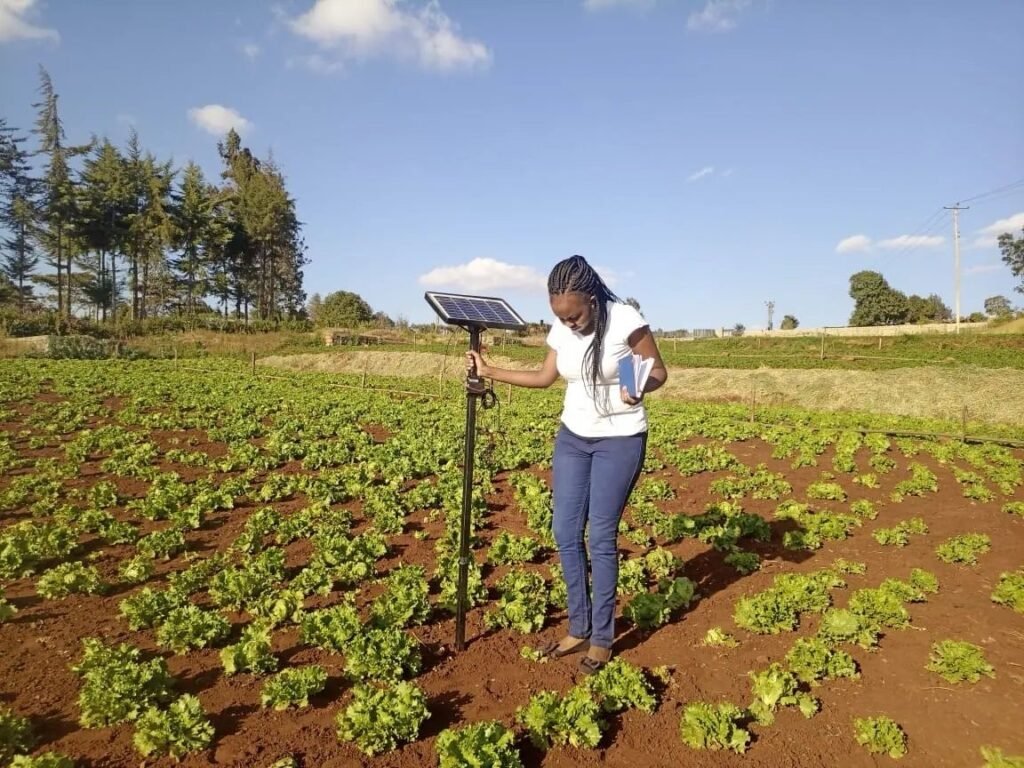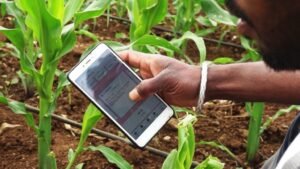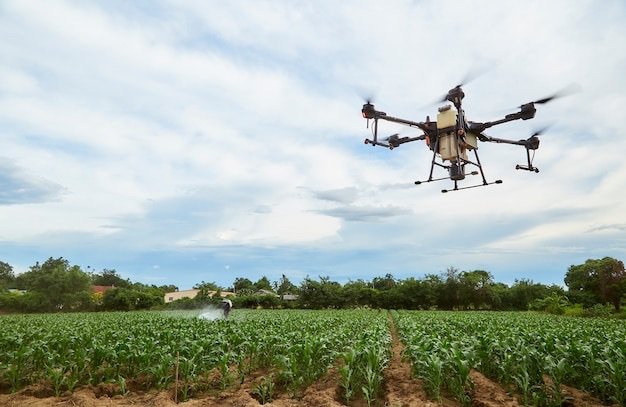Agriculture has long been the backbone of Africa’s economy, employing over 60% of the continent’s labor force and contributing about 20–30% to its GDP. But despite its importance, the sector has traditionally lagged in productivity due to limited access to modern tools, infrastructure, and market information. Today, that narrative is shifting — thanks to technology.
Across Africa, tech-driven solutions are revolutionizing farming practices, improving yields, and connecting farmers to markets. This digital transformation is not just modernizing agriculture; it is redefining the future of food security and economic resilience on the continent.
Precision Farming: From Guesswork to Data-Driven Decisions

One of the most significant breakthroughs in African agriculture has been the rise of precision farming technologies. Tools such as satellite imaging, drones, and IoT (Internet of Things) sensors are enabling farmers to monitor soil health, water usage, and crop conditions in real time.
In countries like Kenya, startups like UjuziKilimo provide farmers with soil testing and mobile-based data analytics to guide fertilizer use and planting decisions. Similarly, South Africa’s Aerobotics uses drone imagery and AI to detect crop stress early — allowing for targeted interventions that increase yield and reduce waste.
According to a 2023 report by the African Development Bank (AfDB), precision farming technologies have increased smallholder yields by up to 40% in pilot programs across East and Southern Africa.
Mobile Technology: Bridging the Information Gap

The widespread use of mobile phones in Africa — over 650 million users as of 2024 — has created fertile ground for mobile agriculture (mAgri) services. These services provide weather forecasts, market prices, financial services, and agricultural tips directly to farmers via SMS or mobile apps.
For example, iCow in Kenya and Farmerline in Ghana help farmers make informed decisions and reduce post-harvest losses. Esoko, also based in Ghana, connects farmers with buyers and provides pricing data to help them negotiate better deals.
These platforms have improved market transparency and access to agronomic advice, particularly for rural farmers who previously had no access to extension services. A 2022 GSMA AgriTech report found that farmers using digital advisory tools saw productivity gains between 15% to 25%.
Fintech & Digital Payments: Empowering Smallholders

Access to finance remains a barrier for millions of African farmers, most of whom operate informally. However, fintech innovations are changing the game. Mobile money platforms like M-Pesa (Kenya) and MTN MoMo (West Africa) have enabled farmers to transact securely and access microloans, insurance, and savings products.
In Nigeria, ThriveAgric and Farmcrowdy use crowdfunding models to finance farm operations while providing agronomic support. These platforms are also pioneering agricultural insurance, which is critical as climate-related risks increase across the continent.
Agritech Startups: Innovation on the Rise

Africa’s agritech ecosystem is growing rapidly, with over 600 active startups across the continent as of 2024. According to Disrupt Africa’s Agritech Report, the number of funded agritech startups rose by 22.5% between 2022 and 2023, driven by increasing investor interest and a growing need for scalable solutions.
Some noteworthy innovators include:
Twiga Foods (Kenya): Streamlining supply chains by connecting farmers directly to vendors. Hello Tractor (Nigeria): Offering tractor-sharing services via mobile booking, often referred to as the “Uber for tractors.” Agrix Tech (Cameroon): Using AI to diagnose plant diseases through a mobile app.
These solutions are not only enhancing productivity but also creating new employment and entrepreneurship opportunities, especially for Africa’s youth.
Challenges & The Road Ahead
Despite these gains, several challenges remain. Digital literacy, limited internet connectivity, and inadequate infrastructure still hinder full-scale adoption of agricultural technologies. Additionally, gender disparity in access to digital tools continues to marginalize many women farmers, who make up nearly 50% of the agricultural labor force.
Public-private partnerships, regulatory reforms, and increased investment in rural connectivity will be crucial to scaling the impact of tech in agriculture. Governments and development agencies must also prioritize digital training programs to ensure farmers can make full use of available tools.
Conclusion
Technology is reshaping agriculture in Africa — from the way farmers plant and irrigate to how they access markets and secure financing. While challenges persist, the digital transformation of agriculture presents an enormous opportunity to boost food security, enhance livelihoods, and build climate resilience across the continent.
As more startups, governments, and investors recognize the power of agritech, Africa is on track to not only feed itself but also become a key player in global agricultural innovation.

